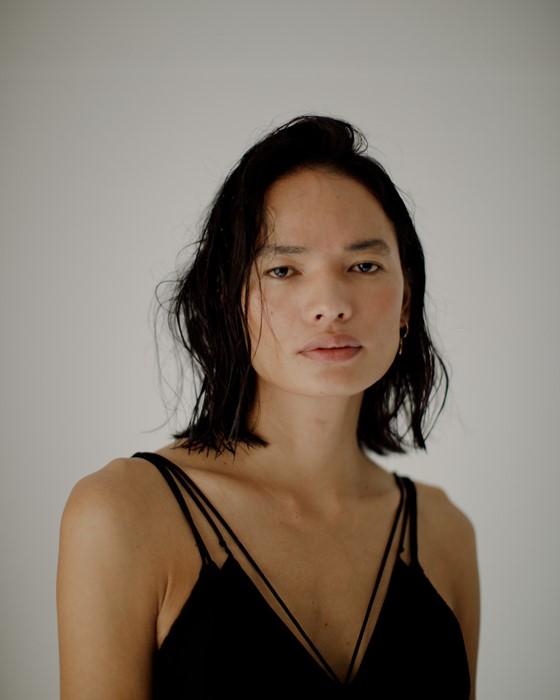Feat. Artists is overturning Indian beauty ideals and providing a platform for the country’s LGBTQ community – here, founders Smita Lasrado and Nikhil Dudani introduce their vision and some of their new faces
Smita Lasrado and Nikhil Dudani met 12 years ago in Mumbai at a Marie Claire shoot. Back then, Lasrado was trying her luck as a model after a stint in working in production and Dudani was earning his stripes as a stylist. A decade of friendship spent in the industry – Lasrado would go on to work with IMG between Paris, London and New York while Dudani consulted with brands, which included helping to cast Radhika Nair as the first Indian model to walk on a Balenciaga runway in 2017 – led to frequent conversations about the modelling industry in India and abroad. “For a really long time, it was all about Eastern European girls, and India was not really on the map when it came to fashion: nobody would book me back home, and in Europe people didn’t even guess I was Indian,” says Lasrado over the phone from Mumbai. “Meanwhile, everywhere from London to Mexico City, agencies cast very specific faces, the kind you wouldn’t find anywhere else. I wanted to do that in India,” adds Dudani.
What followed was the founding of their own model and creative agency Feat. Artists, in July 2018. In the year since, the pair have been working together, managing a board of 29 models, plus 13 artists including photographers, stylists, designers and hair and make-up specialists. “We both work at scouting and training the models,” Lasrado explains, “Nikhil does the digitals and I work on body language. What my background has taught me is how important it is to take time to coach and nurture each model in order to build a solid career; that’s what really good agencies do instead of immediately throwing their models in at the deep end, especially when it comes to sending them abroad.”
Both founders admit that, at the beginning, the local market didn’t quite know what to make of them. “People referred to us as a street-casting agency and it took us some time to convince them otherwise, but magazines were incredibly supportive and eventually the industry followed,” says Dudani. Today, clients include Calvin Klein, Rick Owens, Zegna, OAMC, Etudes, Uniqlo, H&M and Zara. “Working with international castings, I’ve noticed how homogeneous the idea of Indian beauty has been for a really long time,” Lasrado says. “The way it’s portrayed, it’s all about a girl with dark long hair, middle parting, rounded features, big eyes... But India has such genetic variety, from people in the south whose skin looks almost blue to tall, light-skinned people in the north and some regions where the population looks very Southeast Asian. Representing all these different groups is extremely important to us, especially considering this is a country where entire communities are marginalised on the basis of skin colour. We want people to know that they are accepted and beautiful and that they have a platform, [in] the same way I wanted to feel like I was enough and that I could be professionally successful with this look in this country during my years as a model.”
It comes in the midst of a culture shift in India in terms of LGBTQ rights – consensual gay sex was legalised by the Supreme Court in September 2018 and Feat. Artists have made a point in signing trans models and LGBTQ activists. “The scene is getting strong, but in terms of fashion it sometimes feels like a bit of a marketing tool,” says Lasrado. “LGBTQ models and artists are often used as props and paid 20 per cent of the usual rate, so we monitor things closely to filter out tokenism and projects that are not truly empowering.” Do they feel like their work is political? “Absolutely,” says Dudani. “We both come from middle-class families and grew up reading about the creative scene in London on Dazed, and wondering why a city as vibrant as Mumbai couldn’t have the same sort of platform. We want to have that same conversation here, both among us and with foreign creatives, starting with our models.”
Here, in a series of portraits photographed by Farhan Hussain, one of the agency’s signed photographers, and styled by Smita Lasrado, Feat. Artists present their newest faces.
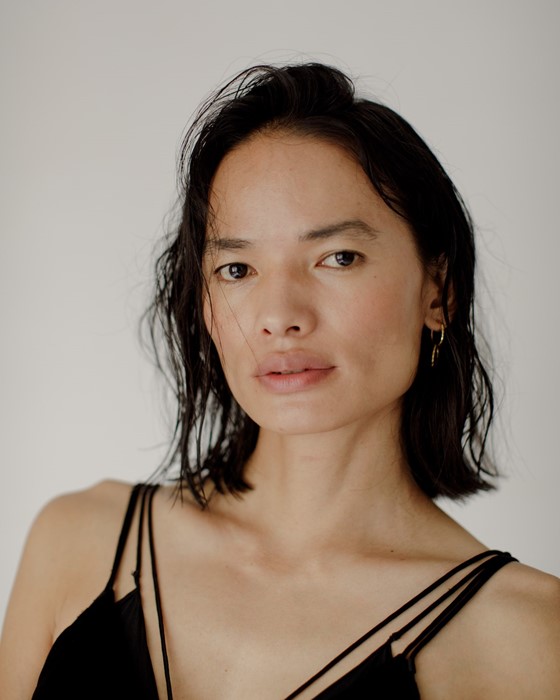
Anjali
“We make a point of working only with Indian models, but we made an exception with Anjali, who comes from Nepal, because her story is incredible: she worked at a restaurant until she made enough money to move to Mumbai, where she was consistently rejected by the industry, but she kept hustling and eventually became the first transgender face of Lakme, the biggest beauty brand in the country. She has fronted a Calvin Klein campaign in Southeast Asia and alongside her work as a model she is an activist for trans rights.”
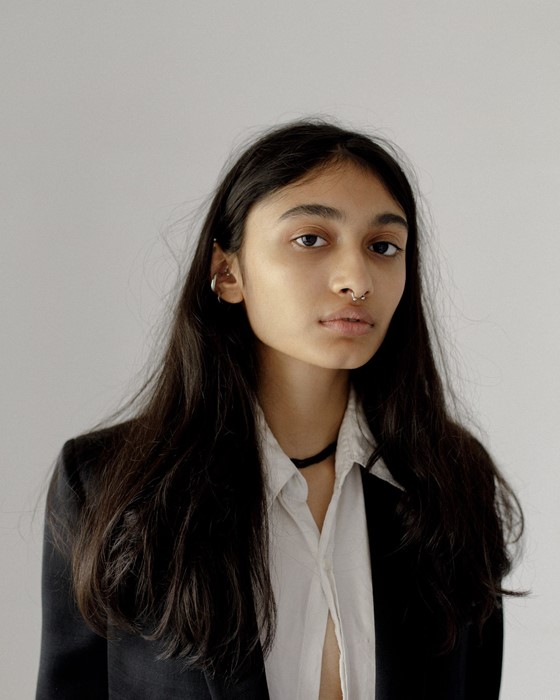
Nandini
“Nandini is our youngest model, but she’s already drawing a lot of international attention. Two weeks after we signed her, IMG signed her worldwide. She’ll be traveling abroad for her first season in January. And all that while she’s still in school!”
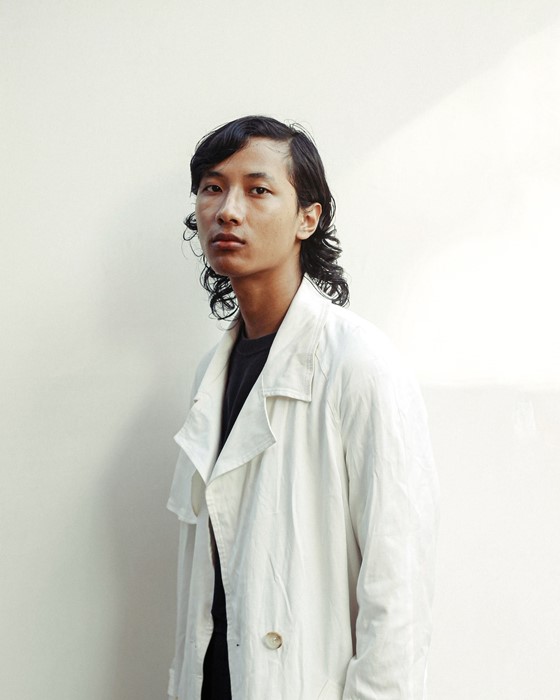
Kangkan
“Our eastern boy, who is also a student and a fashion blogger, Kangkan was in Europe for the July shows and walked for Zegna, Rick Owens, Études and OAMC. He has recently shot a Uniqlo campaign and will be there again for the shows next year.”
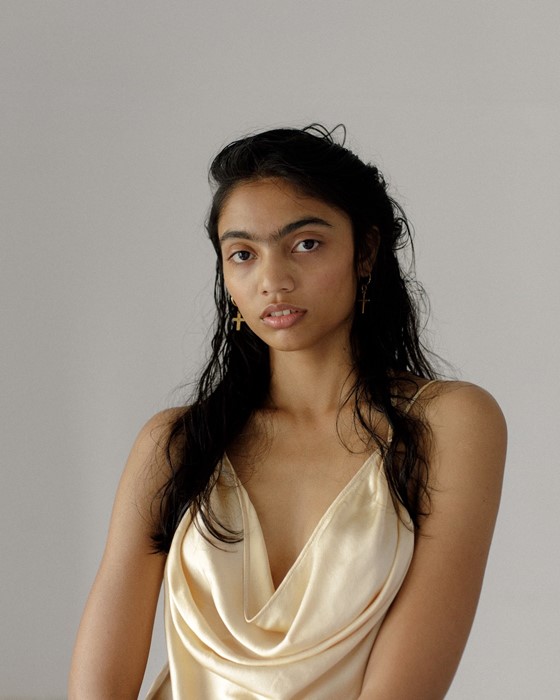
Anugraha
“We love Anugraha because she really challenges the cliche idea of what a fashion model should be in India: she is considerably darker than the average Indian model, has a unibrow, a broad nose and a strong, athletic body... And yet she has now worked with every major magazine in the country. She has also studied fashion communication and is passionate about upcyling and sustainable clothing.”
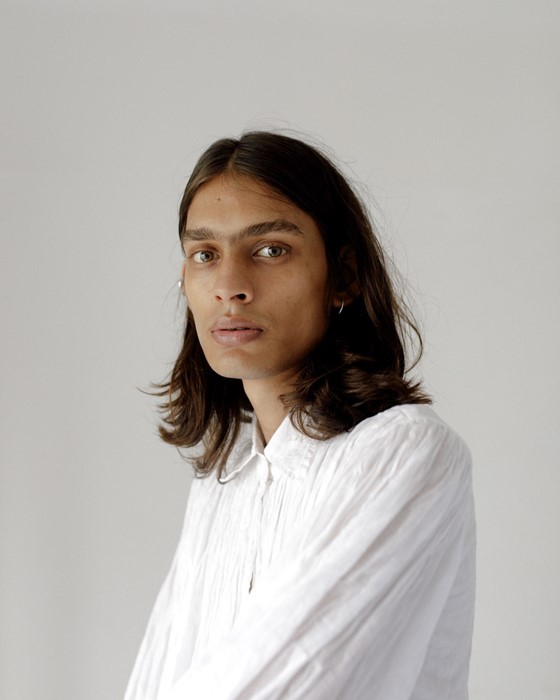
Tarun
“Two months after we signed him, Tarun was being cast for the Marni show in Milan. Since then, he has been in campaigns for Uniqlo and several Indian brands. He’s got such an androgynous beauty we are now proposing him both as a male and female model, which is still taboo for some people.”
